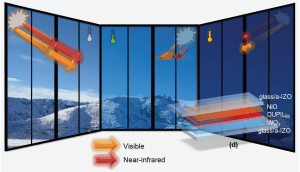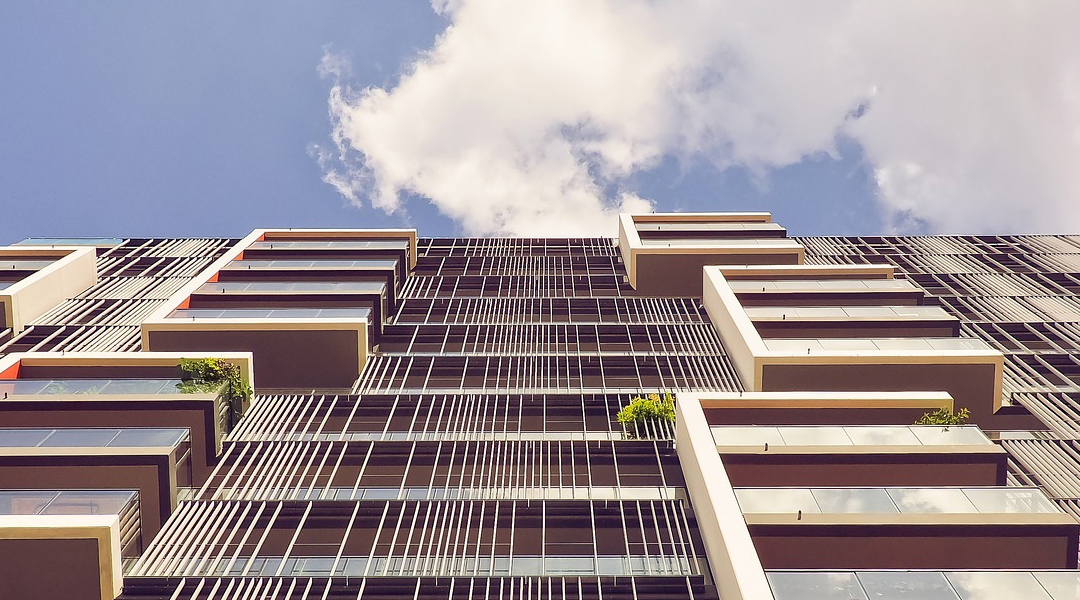Building on the topic of sustainability and energy-efficient materials in the construction industry—as highlighted in a recent article—we return to this subject, this time focusing on windows. As the previous article discussed, the construction industry is a significant contributor to CO2 emissions. Once buildings are constructed, its carbon footprint is sustained by the need to heat and cool these buildings.
The so-called building envelope—external walls, floors, roofs, ceilings, windows, and doors—is where heating and cooling technologies are concerned. In a typical building, this can account for about one third of its total energy consumption. Windows are, of course, an important component of these envelopes, and have indeed been at the forefront of insulation technology for many years.
Several recent articles have highlighted this growing trend in using windows for smart and sustainable uses, with smart windows that use organic materials, plasmons, and hydrogel films.
But with the growing demand in warmer climates for building envelopes that can cool, rather than heat, buildings, more sustainable solutions to meet increasing energy demand are required.

To address this issue, Sílvia C. Nunes, Verónica de Zea Bermudez, and their co-workers, have developed a highly efficient electrochromic material to be used in windows. The material exhibits variable cooling and heating capabilities depending on the incidence of visible and near-infrared (NIR) solar radiation, and has been designed with warmer climate regions in mind.
The material comprises of transparent layers of amorphous indium zinc oxide (a-IZO) sandwiching a sol–gel electrolyte. The material has high transparency and can quickly switch into three modes that allow light and temperature regulation into the building, on application of a very low voltage. The process is highlighted in the figure to the left.
Furthermore, the material exhibits self-healing properties after undergoing mechanical stress—a reassuring feature to anyone whose neighbor’s kids like to play football!
An advantage of using windows to cool or heat homes—besides the obvious perks of lower energy bills—is that windows are already an established architectural feature of buildings. This means that implementation of such technologies into buildings does not affect the aesthetic integrity of the build environment. This is a welcome benefit compared to some other technologies, including solar cells, which although providing an excellent and much-needed greener alternative for energy consumption, can be problematic to install on protected buildings or buildings of historical importance.
Indeed, one can imagine in the very near future the widespread adoption of smart windows, even in buildings of national or cultural heritage, as they would not compromise the integrity and beauty of the traditional cityscapes.
The ease of fabrication of this material gives hope to the fast adoption of such materials in the construction industry, so that, along with other major sections of industry and the economy, a greener, fossil-fuel-free world is made possible in the near future.

















